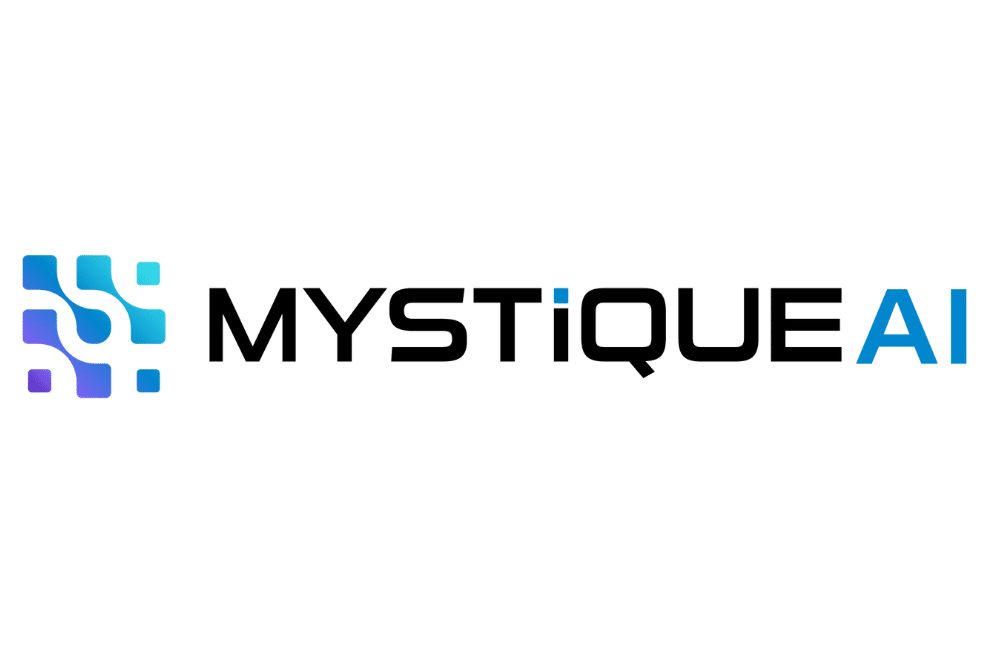Doctors and Disability Insurance: Healthcare Recruitment Strategies
James Crook

The labor market is tight right now. According to the U.S. Chamber of Commerce, “the worker shortage crisis has created headaches for businesses small and large operating in travel, leisure, services, food, hospitality, entertainment, tech, energy and more.” While most industries are struggling to fill empty openings, the healthcare industry is also looking for effective recruitment strategies.
Many doctors are burned out, and that burnout is leading to an exodus. According to a survey conducted by McKinsey & Company, 22% of nurses reported that they may leave their current positions within the next year.
But frontline healthcare workers are not the only ones planning to leave their profession. 20% of doctors considered leaving their job and pursuing a career outside of clinical work according to a report by The Medscape Physician Nonclinical Careers Report 2021.
So, in a market of short supply and high demand, how can doctor employers recruit and retain doctors? The right benefit offering can help.
Healthcare Recruitment: Disability Insurance Matters to Doctors
Although the outlook for the overall supply of doctors looks bleak, employers can use an overlooked but powerful secret weapon to recruit and retain doctors—disability insurance.
According to the most recent report from the AMA, 77% of U.S. doctors say disability insurance is “essential” vs. “nice to have” or “optional” and 60% of U.S. physicians reported knowing of a doctor who suffered a disabling accident or injury.
Although many doctors have individual disability insurance, it is often not enough. When doctors start their residency programs, they often apply for and receive an individual disability insurance (IDI) policy with benefits equal to approximately 60% of their current annual income. For example, when a resident who earned $100,000/year becomes a Cardiologist earning $423,000/year, their IDI coverage quickly becomes insufficient to protect their growing income.
There are, though, different types of disability coverage that can be added to supplement a doctor’s existing IDI policy.
Group Long-Term Disability (LTD) Insurance
Group LTD policies are offered through employers and can work well to recruit and retain doctors. Group LTD policies usually cover 60% of income up to a benefit maximum (somewhere between $5,000 and $15,000 per month). By adding Group LTD to the income-protection mix, the income replacement gap can shrink significantly.
Group LTD is an exceptional retainment tool because the policy is owned by the employer. Most Group LTD policies do not include options that allow a covered participant to continue their coverage after leaving the organization, thereby incentivizing those covered by the LTD plan to stay.
Group LTD policies are also advantageous because they do not require difficult medical and financial underwriting processes.
However, not all Group LTD policies are created equally.
Most standard LTD policies are insufficient for most doctors and may not pay the amount of benefits a doctor expects. This is because many Group LTD policies are not specialized enough.
The IDI policies doctors purchase shortly after medical school are considered the “gold standard” of disability insurance. These policies offer strong benefits and are tailored specifically to the individual doctor.
An LTD policy built for doctors will mirror the strongest IDI policy provisions. These are the provisions a good LTD plan will include and are what doctors care about:
- “Actual Procedures” definition of disability that is based on a doctor’s actual CPT/CPD-coded procedures
- Mental and nervous & drug and alcohol benefits that allow for relapses and recurring claims (especially for conditions like doctor burnout and stress)
- Extended benefits for practitioners age 63 and older
- Appropriate riders (optional benefits) that can be offered in unique situations
- Choice to work part-time or in a different role as opposed to mandatory rehab or part-time employment
Just as important as what is included is what is not included. LTD policies built for doctors will not include:
- Mandatory rehab or part-time work
- Limits on self-reported disabilities
- Maximum capacity restrictions
- Benefit offsets for lagged income earned on work performed prior to the date of disability
High Limits Disability Insurance
Imagine Bill, a cardiologist earning $423,000/year. When Bill was a resident, he secured an IDI policy worth $5,000/month. At the time, that covered 60% of his income. Fortunately, Bill now earns $423,000. Unfortunately, his IDI policy is still worth $5,000/month, or about 14% of his annual income.
Even if Bill adds an additional $10,000/month group benefit, he will only have protected about 43% of his annual income. Most financial advisors recommend protecting at least 60% of income.
To protect 60% of Bill’s income, we need one more layer of disability insurance coverage called high limits disability insurance. High limits disability insurance can provide 70% of income protection, designed especially for high-income earners.
High limits disability insurance is an important supplemental disability benefit for high earners like doctors who command wages beyond the income protection limits of standard disability insurance policies. High limits policies provide high monthly and or lump-sum disability benefit amounts.
High limits disability insurance is structured using many of the same policy definitions as traditional disability insurance (such as how disability is defined and which conditions are excluded from coverage), and there are sometimes riders (optional benefits) available to further customize the plans.
This type of insurance is not intended to compete with other types of disability coverage; it is intended to function as a supplemental layer of protection to fill any remaining coverage gaps.
Some high limits plans can provide up to $60,000/month of coverage. Though, like other types of disability insurance, high limits plans will likely include a benefit cap (e.g., $10,000/month) and dictate that an insured cannot receive over 70% of total income replacement through a combination of the insured’s complete set of disability insurance products.
In the cardiologist example, the cardiologist is still $10,000/month short of 70% income protection. With a high limits policy in place, the cardiologist would accomplish 70% income protection.
Most high limit plans only offer a benefit period of 5 years. Good high limit offerings will allow for plan designs that include monthly benefits and lump sum benefits up to $2 million.
Like other benefits, high limits disability insurance can be offered on an employer-paid or voluntary basis.
High limits disability policies can be expensive, but many high-earning doctors are willing to pay for the added layer of income protection, and employers who help cover the cost are more likely to recruit and retain doctors in a tight labor market.
Interested in learning about MGIS High Limits Disability Insurance? Learn More.
Doctors deserve coverage that empowers them to take care of their patients without worrying about financial catastrophe resulting from a disability. Check to make sure your healthcare employer clients offer the right amount and right type of disability insurance. By doing so, they can use disability benefits to build a truly competitive offering for their doctors and dentists.


